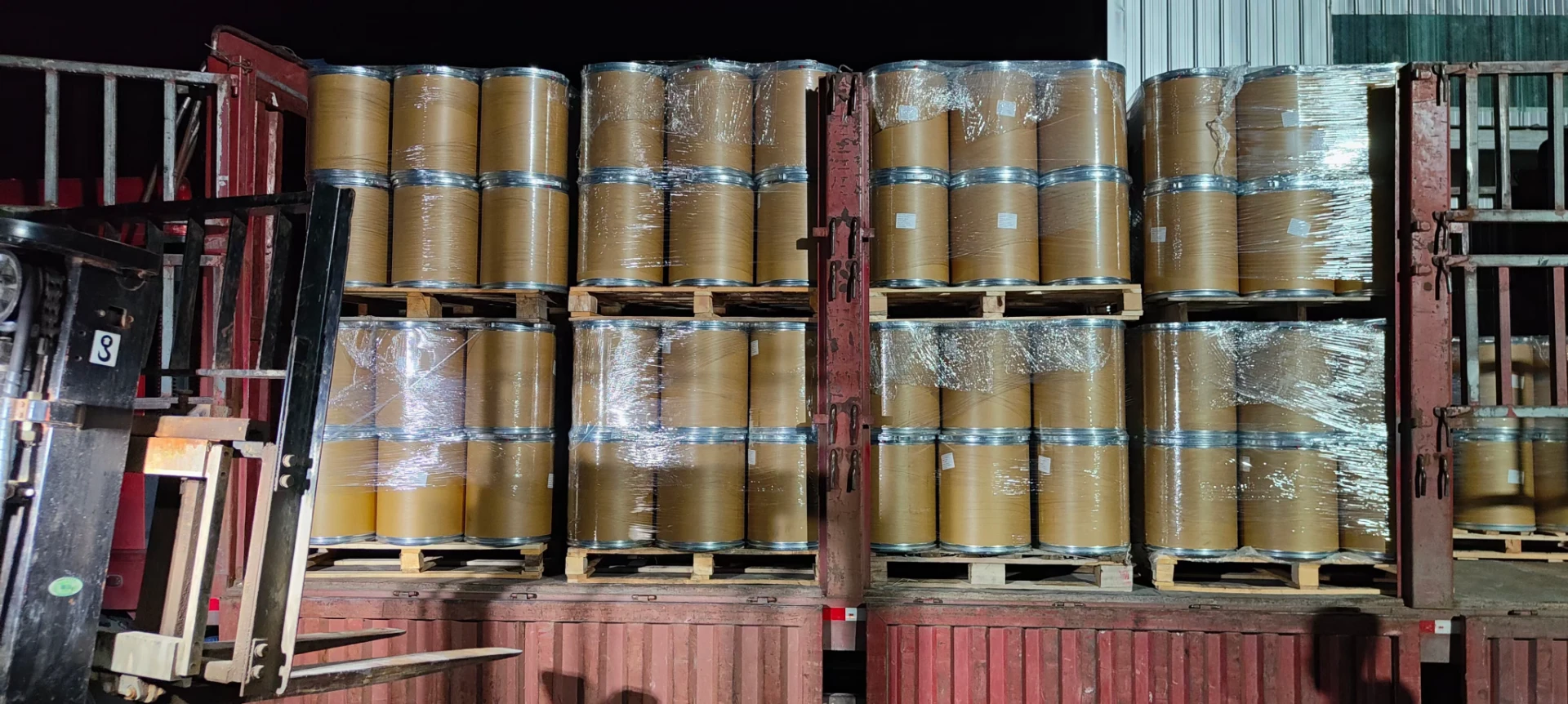The Role of Cationic Polyelectrolytes in Water Treatment
Water treatment is an essential process in maintaining public health and environmental sustainability. Among the various substances employed in this field, cationic polyelectrolytes have garnered significant attention due to their effectiveness in improving water quality. These versatile polymeric substances play a crucial role in coagulation, flocculation, and overall filtration processes, making them vital tools in industrial and municipal water treatment facilities.
Understanding Cationic Polyelectrolytes
Cationic polyelectrolytes are polymer chains that carry a positive charge. This positive charge enables them to interact with negatively charged particles and impurities in water, such as suspended solids, organic matter, and bacteria. The primary mechanism by which cationic polyelectrolytes function is through the process of charge neutralization. When introduced into a water body, they attract and bind to the negatively charged contaminants, forming larger aggregate particles, or flocs. These flocs can then be easily removed from the water through sedimentation or filtration processes.
Applications in Water Treatment
The application of cationic polyelectrolytes in water treatment spans several methods, including
1. Coagulation and Flocculation In many water treatment processes, coagulation and flocculation are critical steps. Cationic polyelectrolytes enhance the coagulation of fine particles, which are often resistant to settling. By neutralizing the charges on these particles, cationic polyelectrolytes help them to aggregate and form larger, settleable flocs. This is particularly beneficial in turbid waters, where the presence of colloidal solids poses a challenge.
2. Sewage Treatment Cationic polyelectrolytes are widely used in the treatment of wastewater, especially in the removal of organic matter and pathogens. Their ability to bind with organic contaminants allows for more efficient removal, thus improving effluent quality. This is crucial in meeting environmental regulations and ensuring safe discharge into natural water bodies.
3. Sludge Conditioning In wastewater treatment facilities, the separation of solids from liquids often generates large volumes of sludge. Cationic polyelectrolytes assist in conditioning this sludge, making it easier to dewater and handle. By promoting the aggregation of fine particles, they facilitate the formation of larger sludge flocs, which can significantly reduce the volume of sludge generated and improve the overall efficiency of sludge treatment processes.
cationic polyelectrolyte water treatment

4. Drinking Water Treatment The purification of drinking water is of paramount importance, and cationic polyelectrolytes play a significant role in this arena. They assist in the removal of color, emulsified oils, and other contaminants, ensuring that the treated water meets safety standards. This application is particularly valuable in areas where water sources are susceptible to contamination.
Advantages of Cationic Polyelectrolytes
Cationic polyelectrolytes offer several advantages in water treatment processes
- Efficiency Their ability to quickly and effectively bind with contaminants leads to improved purification processes, often reducing the time and chemicals required for treatment.
- Versatility These polyelectrolytes can be tailored to target specific contaminants, making them suitable for a wide range of water treatment scenarios. This adaptability is essential in addressing varying water quality challenges.
- Environmental Considerations Many cationic polyelectrolytes are derived from natural sources or are biodegradable, making them environmentally friendly options compared to traditional chemical coagulants.
Challenges and Considerations
Despite their advantages, the use of cationic polyelectrolytes is not without challenges. The selection of the appropriate type and dosage is critical, as excessive use can lead to the re-stabilization of colloids or the formation of overly dense sludge. Additionally, care must be taken to monitor potential impacts on downstream treatment processes and effluent quality.
In conclusion, cationic polyelectrolytes represent a powerful and versatile tool in modern water treatment. Their effectiveness in coagulation, flocculation, and sewage treatment significantly enhances water quality and supports environmental stewardship. As water scarcity and quality issues continue to prevail, the role of cationic polyelectrolytes is likely to expand, offering innovative solutions to meet the challenges of future water treatment needs.

